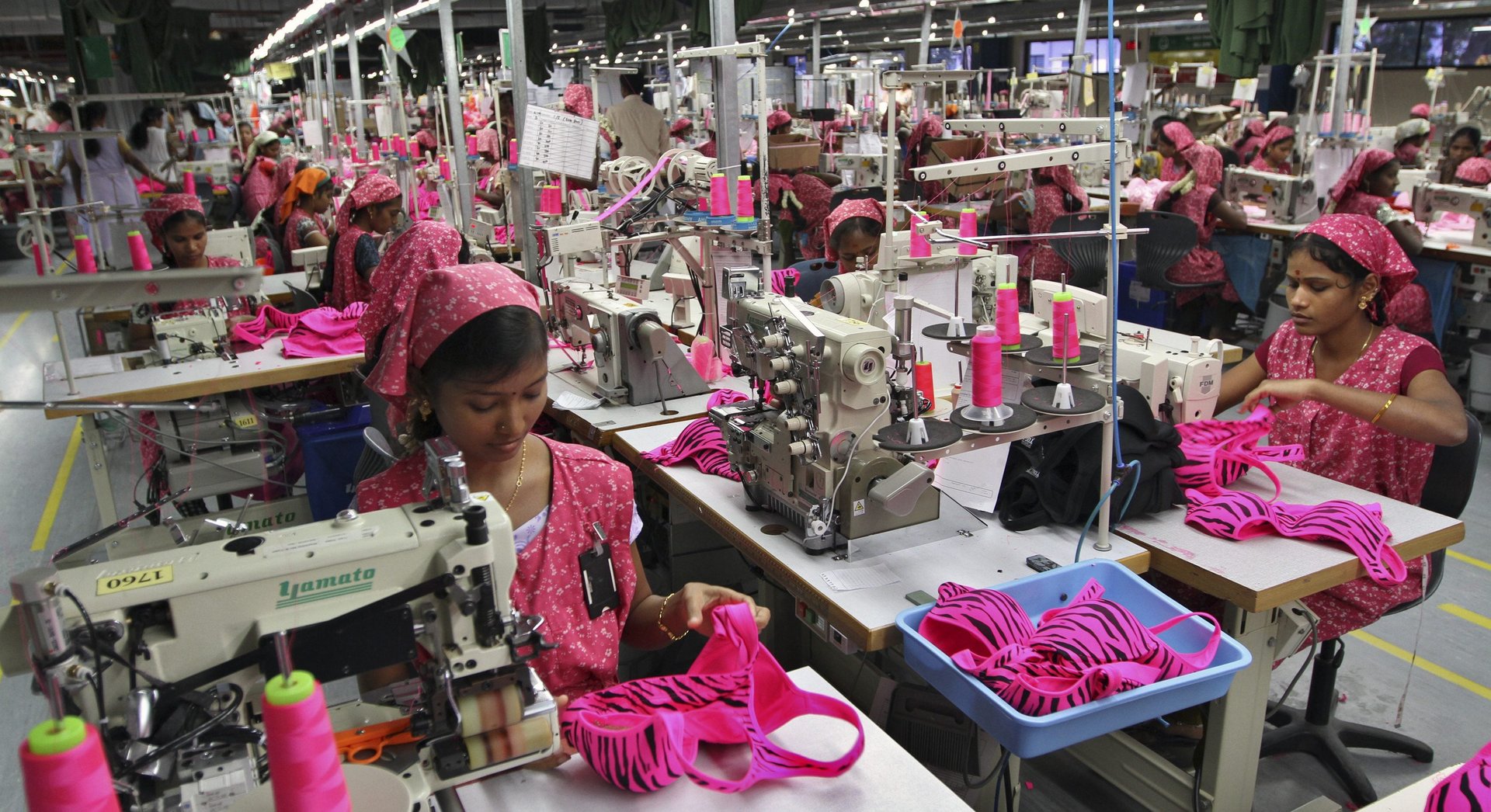A study of Indian garment workers shows the productivity power of soft skills
The ability to communicate, lead, persuade, and persist are seen as increasingly important in companies where the ability to work in teams and across disciplines is prized. Studies have demonstrated that workers who combine technical ability with those soft skills have more job opportunities, and see greater wage increases.


The ability to communicate, lead, persuade, and persist are seen as increasingly important in companies where the ability to work in teams and across disciplines is prized. Studies have demonstrated that workers who combine technical ability with those soft skills have more job opportunities, and see greater wage increases.
Now, a new research paper suggests that employers also benefit when workers possess soft skills. Garment workers in India who took a course in personal advancement were 20% more productive than workers without the training, according to a team of economics and business professors at Harvard, Boston College, and the University of Michigan.
Their study, released as a working paper that has not yet been peer reviewed, involved a field experiment at five factories that makes clothes for Gap in Bengaluru, in southern India. Almost 3,000 workers entered a lottery to take part in an 80-hour course designed for Gap to teaches the workers—mostly women in their 20s with limited education—life skills such as time management, communication, problem solving, and financial literacy.
The 1,087 workers who enrolled in the course became more productive even before they completed the classes, measured by the quantity of pieces they produced on the factory line, by executing simple tasks more efficiently, and because they were assigned more complex jobs. Workers who finished the course were 11% more productive than before the course, and 20% more productive than the control group who didn’t take it.
In a survey, the women who completed the training said they were more likely to ask for additional training, allowing them to master more difficult projects, than those who didn’t take the course. They were also more likely to take advantage of employer and government benefits that helped their productivity, and because they took courses on goal setting, they became more focused on increasing their earnings to save for the future. And, notably, other workers on their assembly lines who didn’t take the course became more productive as well as they learned from the women who had taken the classes.
But despite their newfound productivity, the increased profits didn’t flow back to the workers. Their wages went up only 0.5%, in part because they had no way to demonstrate their new skills to other employers, who hire workers based strictly on sewing ability.
While the women and their families may benefit from the acquisition of new skills in the long term, in the short term, the primary beneficiaries were factory owners and Gap shareholders.